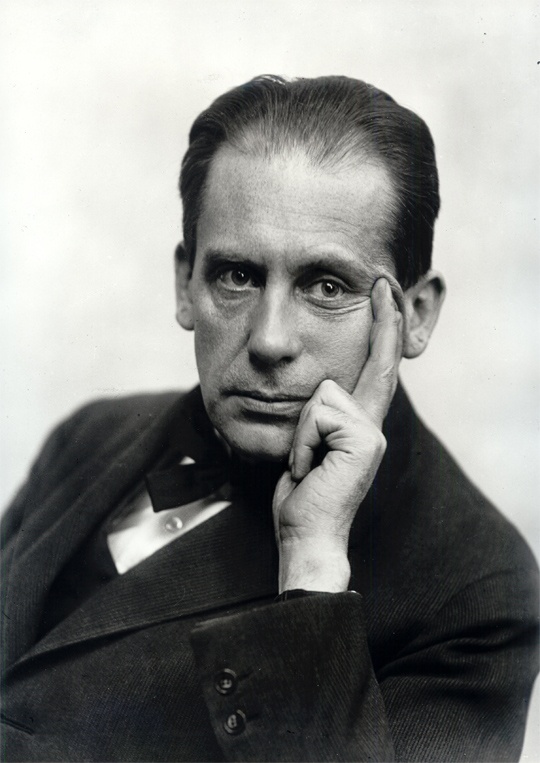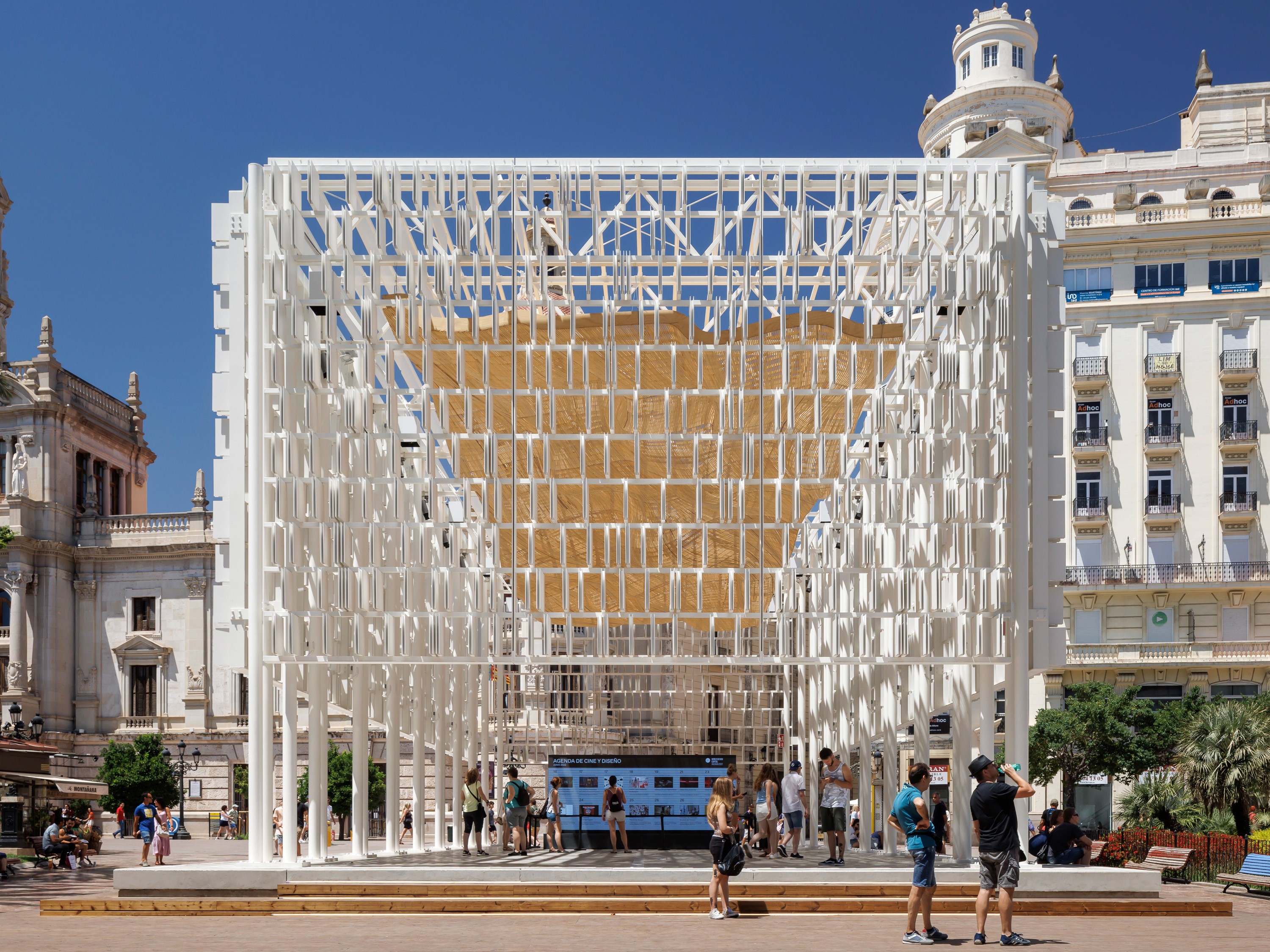Walter Gropius: The Brilliant Brain Behind Bauhaus
When talking about Bauhaus, one of the most influential schools in the history of art, design, and architecture, one cannot be separated from the thinker behind it, Walter Gropius. The German-American architect was born in Berlin in 1883 into an upper-class and well-connected family. As a renowned architect, his family influenced him to pursue his design career. His great-uncle Martin Gropius previously had made his name well-known as an architect. One of his greatest commissions was the Museum of Decorative Arts in Berlin.
He studied architecture formally at the Technical School in Munich and the Konigliche Technische Hochschule in Berlin. Without completing his degree, he dropped out by not taking the final exam—an initial attitude that showed his disapproval of traditional learning methods that only focused on history and classical style.
 Walter Gropius’ portrait in 1919 by Louis Held (cr: Wikipedia)
Walter Gropius’ portrait in 1919 by Louis Held (cr: Wikipedia)
Gropius continued his architectural journey by joining the Peter Behrens office, a leading industrial designer of the time. This is where Gropius met many big names such as Ludwig Mies van der Rohe and Le Corbusier. His involvement in the project of AEG Turbine Factory and the Krupp Company factory—projects closely related to the world of industry and mass production—opened up new perspectives for him to see the possibilities of new materials and construction techniques, new ways that were more innovative and suited to technology developments and society’s needs.
 AEG Turbine Factory (cr: Doris Antony)
AEG Turbine Factory (cr: Doris Antony)
In 1910, Gropius left Peter Behrens and spent the next few years practicing modernism with Adolf Meyer—a fellow employee. His architecture career was then interrupted by the outbreak of World War I when he was required to join a German military unit. After the war ended, Gropius saw the social and economic confusion and gap between the working class and the noble during the post-war transition era, including in the way both classes viewed art.
 The Fagus Factory by Walter Gropius and Adolf Meyer (cr: Carsten Janssen)
The Fagus Factory by Walter Gropius and Adolf Meyer (cr: Carsten Janssen)
Gropius’ concern grew more due to schools of art, according to him, failing to unite fine and applied arts, artists and craftsmen, thus creating an unproductive distance between the two. He argued that everyone, including architects, sculptors, and painters, should return to craftsmanship as they were all equal. He aspired to create a craft guild free from the class pretensions that separated artists and artisans. For that reason, in 1919 he founded the Staatliches Bauhaus Weimar, the beginning of the Bauhaus School.
 Former main Bauhaus Weimar building (cr: CEphoto, Uwe Aranas)
Former main Bauhaus Weimar building (cr: CEphoto, Uwe Aranas)
His manifesto stated, “The ultimate goal of all art is the building! Architects, painters, and sculptors must learn a new way of seeing and understanding the composite character of the building, both as a totality and in terms of its parts.”
Bauhaus became a media for advocating the role of architecture and design in reshaping the society, especially in post-war conditions. Bauhaus products had balanced geometric shapes and emphasized function. Through the use of glass, masonry, and steel, Gropius succeeded in breaking the traditional practices that previously still prioritized ornamentation as the main purpose of art, including in buildings. As an educational institution, the Bauhaus school curriculum was also structured around an experimental, workshop-based approach to developing technical skills that combine art, craft, and technology into a total work of art.
 Dessau Bauhaus building designed by Walter Gropius (cr: Gili Merin)
Dessau Bauhaus building designed by Walter Gropius (cr: Gili Merin)
 Dessau Bauhaus (cr: Gili Merin)
Dessau Bauhaus (cr: Gili Merin)










Authentication required
You must log in to post a comment.
Log in